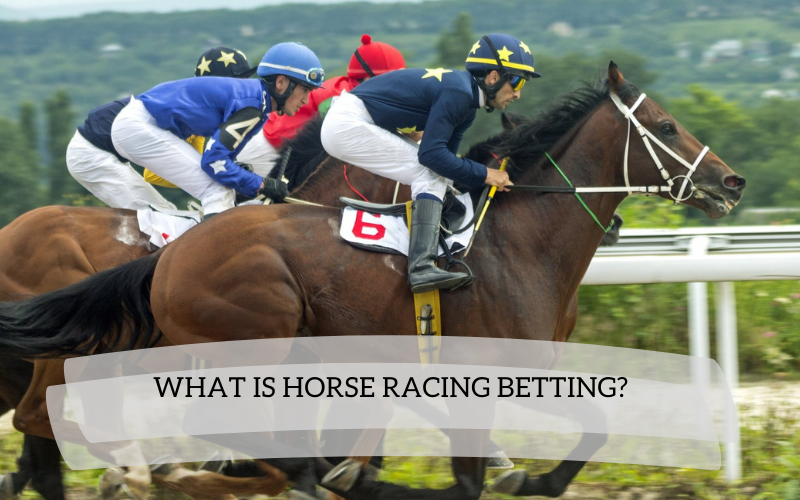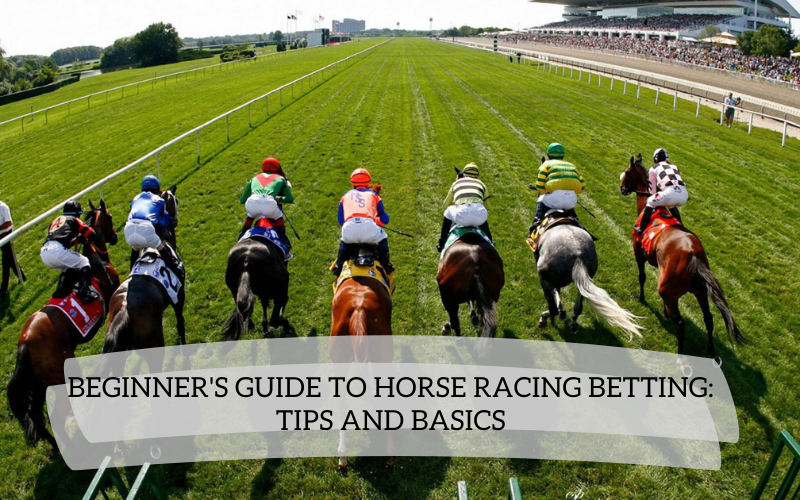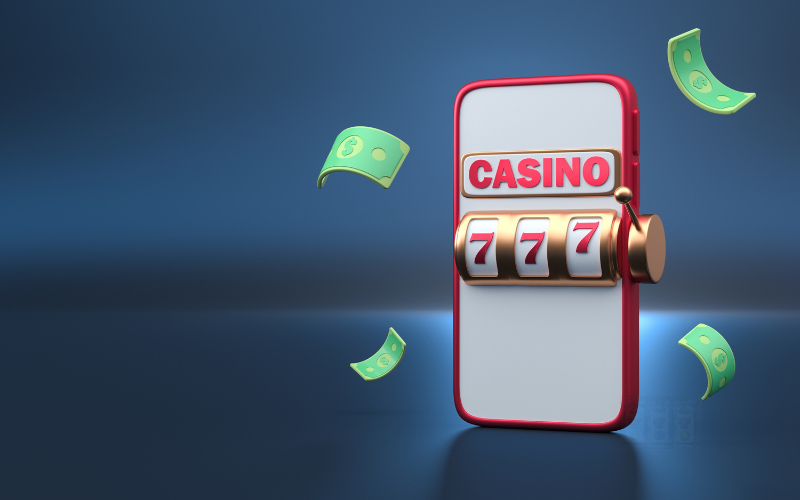Horse racing betting is one of the most exciting ways to enjoy the thrill of watching a race while potentially earning some money. In this guide, we will explore the basics of horse racing betting, explain different types of bets, and provide some useful tips to help beginners get started.
What is Horse Racing Betting?

Horse racing betting involves placing a wager (bet) on the outcome of a horse race. Bettors can place bets on which horse they think will win, place second, or finish third, among other betting options. It has been popular for centuries and remains one of the most loved forms of sports betting.
How Horse Racing Betting Works
Before placing any bet, you need to understand the basics of horse racing. The goal is simple: pick a horse that you believe will perform well in a race. The race itself can be a flat race (where horses run on a flat track) or a jump race (where horses jump over obstacles).
After selecting a horse, you can decide how much you want to wager. The amount you bet and the type of bet you place will determine how much you can win if your horse finishes in the desired position.
Common Types of Horse Racing Bets
There are several types of horse racing bets you can place. Here are the most common ones:
Win Bet
A win bet is the simplest and most straightforward form of horse racing betting. You place your bet on a specific horse, and if that horse wins the race, you win.
Place Bet
In a place bet, you bet on a horse to finish either first or second. While the payout may be lower than a win bet, your chances of winning are higher because you have two potential outcomes.
Show Bet
A show bet allows you to bet on a horse to finish in the top three positions—first, second, or third. This type of bet is even safer than a place bet, but the potential winnings are smaller.
Exacta
An exacta bet involves picking the first and second horses in a race in the exact order. This type of horse racing betting offers higher payouts but is riskier than a win, place, or show bet.
Trifecta
In a trifecta, you need to predict the first three horses in the race in the correct order. As you can imagine, this is a challenging bet to win, but the payout is significantly higher.
Superfecta
The superfecta requires you to predict the first four horses in the exact order. While it is very difficult to win, it provides some of the highest payouts in horse racing betting.
Factors to Consider Before Placing a Bet
When participating in horse racing betting, it’s important to do some research before placing your bet. Understanding the factors that influence a horse’s performance can help increase your chances of winning.
- Horse’s Past Performance: One of the most important things to consider is the horse’s recent form. Look at how the horse has performed in its last few races. Is it in good form, or has it been struggling?
- Jockey and Trainer: The experience and skill of the jockey and the trainer can have a big impact on a horse’s performance. A skilled jockey knows how to get the best out of a horse, and an experienced trainer ensures that the horse is in peak condition.
- Track Conditions; The condition of the racetrack can also play a crucial role in horse racing betting. Some horses perform better on dry, fast tracks, while others prefer wet or muddy conditions. It’s important to check the weather and the track conditions before placing your bet.
- Odds: The odds are an indication of how likely a horse is to win. The lower the odds, the higher the chance of the horse winning—but the payout will be smaller. Higher odds suggest a less likely win but offer a bigger payout.
The Importance of Understanding Odds
Odds are a critical part of horse racing betting, as they determine how much you can win from a bet. Understanding how odds work will help you make better betting decisions.
Fractional Odds
Fractional odds (e.g., 5/1) are the most common in horse racing. The first number represents how much you will win, while the second number is how much you need to bet. For example, 5/1 odds mean that for every $1 you bet, you’ll win $5.
Decimal Odds
Some bettors prefer decimal odds (e.g., 6.0), which are easier to understand. The decimal number shows how much you’ll get back for every $1 you bet, including your original stake. For example, if you bet $1 at 6.0 odds, you’ll get $6 back.
Moneyline Odds
Moneyline odds are often used in American sports betting but are less common in horse racing. These odds can be positive or negative. Positive odds (+200) indicate how much profit you’d make on a $100 bet, while negative odds (-200) show how much you’d need to bet to win $100.
See more: Online Lottery India: A Simple Guide to Playing and Winning
Conclusion
Horse racing betting can be both enjoyable and profitable if approached with the right strategy. By understanding the different types of bets, researching the factors that influence a horse’s performance, and managing your betting budget wisely, you can increase your chances of success. Remember, the key to horse racing betting is not just luck—it’s making informed decisions based on knowledge and experience.











